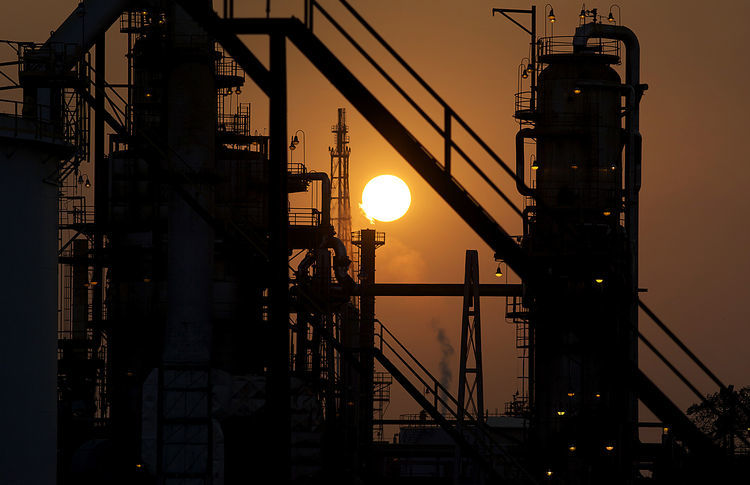
There is hope in the oilfield service industry despite the current downturn with a project $30billion growth from 2014-2018 according to a leading analyst.
Closed and abandoned service markets as well as new emerging markets can still provide opportunities for service companies. Norwegian analyst Rystad Energy expects a $30billion growth from 2014 to 2018 to be realised for 20 countries around the world.
Low oil prices have not affected closed and emerging markets to the same degree according to Rystad. It added there are several exciting potential growth opportunities in more than 20 countries worldwide..
Iran is expected to have the largest growth, increasing its purchases by more than $6 billion from 2014 to 2018 to realise its production targets.
Saudi Arabia is growing purchases in most segments, except EPCI, to maintain production capacity, and Mozambique’s purchases will ramp up as the country prepares for offshore gas developments. Egypt and Turkmenistan’s purchases are mainly driven by field development at Zohr, West Nile Delta and Yolotan.
Iran has been drawing most companies’ attention this spring.
After UN sanctions were lifted in January 2016, the country’s oil and gas sector has been gradually opening up again for foreign service companies, unlocking a large market potential.
Rystad said the total oil service market in Iran was at $12 billion in 2014, with approximately 60% originating from onshore oil and gas activities. The easing of sanctions has resulted in a sought for market for a service industry searching for growth opportunities.
Iranian officials have proclaimed that they would take investments of $85-$120 billion in the upstream sector during 2016-2020 to increase crude production, according to their ambitious plans. In total, $150-$185 billion, or 50 upstream and midstream projects, could be committed before 2020. Rystad Energy foresees that production growth will face challenges due to investment hurdles and decline at existing fields, and assumes only around $100 billion of investments in the upstream sector from 2016 to 2020.
Approximately half of the $100 billion spending purchases will be directed towards the offshore market, which is expected to be at $9 billion this year and grow to $11 billion in 2020. The majority of the market consists of EPCI contracts.
Five new platforms will be commissioned in 2017 at South Pars phase 20 and 21, and more to follow at the $4 billion ENI project South Pars phase 11 as well as at Farzad B discovered by an Indian consortium. Increased number of active platforms together with aging facilities that have lacked investments during the sanctions will force a rise in the Maintenance and Operations purchases.
Demand for Drilling Contractors as well as Well Service and Commodities is picking up in the coming years since many of the offshore projects under development will go into pre-drilling. Roughly 25% of the investments are well-related costs; with 22 wells to be drilled over the next 30 months at South Pars phase 14 and additional infill drilling to commence at the producing field, these services will rise in the next few years.
The onshore oilfield service market is currently witnessing few new investments in undeveloped fields. The most notable one is the second phase of Yadavaran that aims to produce at the North Azadegan and Yagavaran oil fields, in which Chinese service companies have been invited to provide oilfield services.
“Combined with investments at revived producing fields, we expect the onshore service market to grow to $13 billion once oil prices recover and foreign companies are set up in the country,” the analyst said in a report.
Recommended for you
